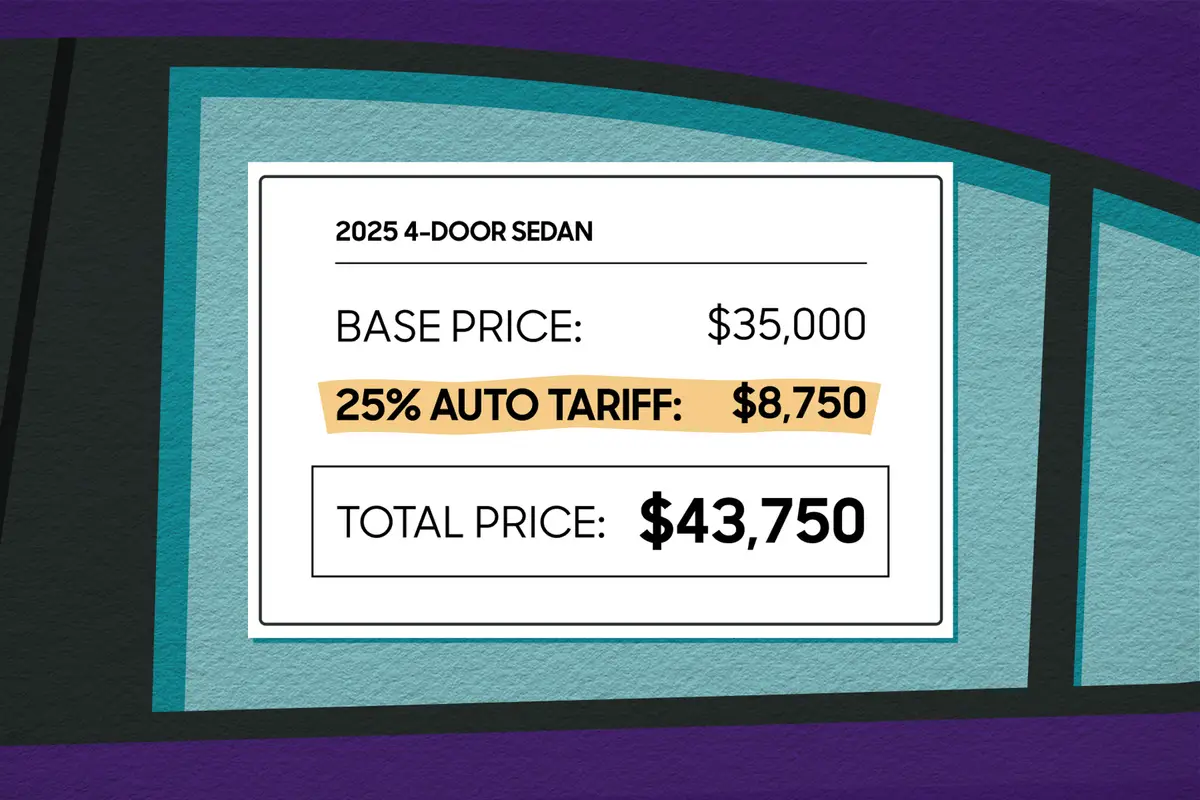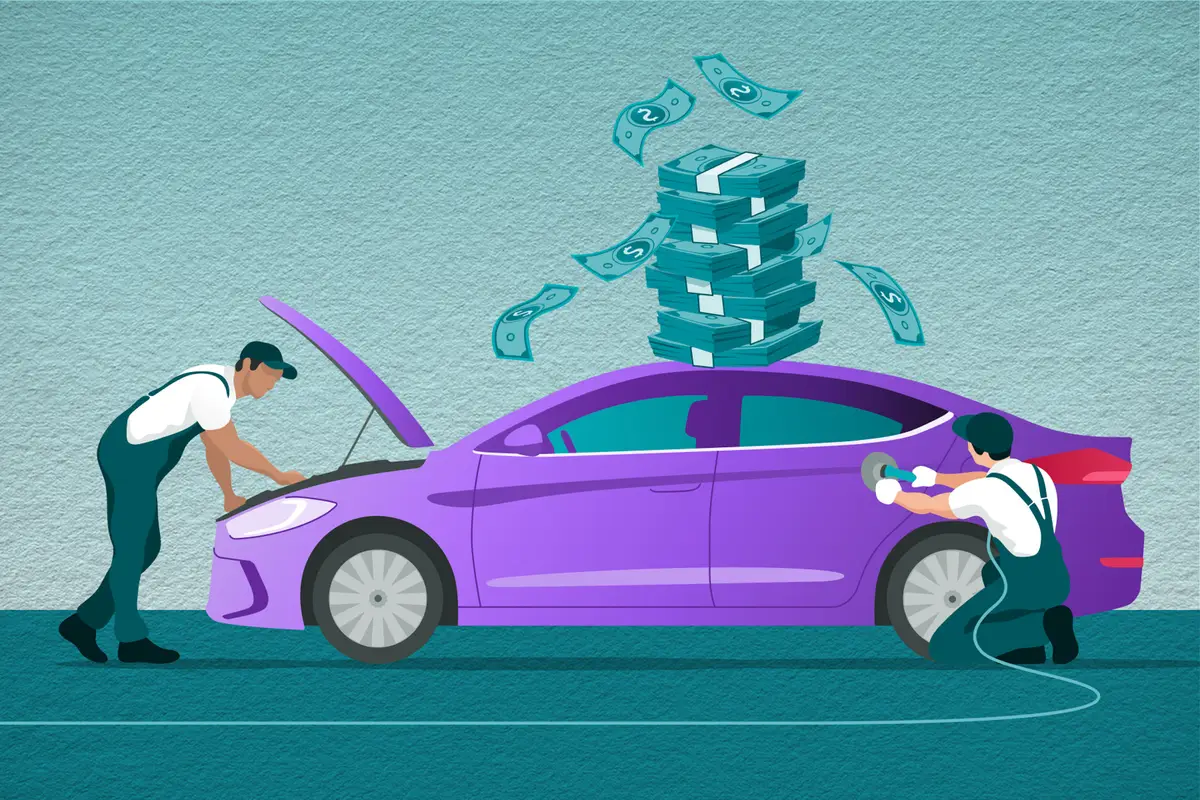Boston.com's view
Ford brought one of its 2010 Fusion Hybrids to the Larz Anderson Auto Museum in Brookline Wednesday, giving its marketing people a chance to show off the vehicle to the area’s automotive media and fleet managers.
The vehicle, rated at 41 m.p.g. city and 36 m.p.g. highway, goes on sale later this spring. The price, for a well-equipped Fusion, will be $27,200, about $3,000 more than for a four-cylinder gasoline-powered version that, in its own right, delivers 23 city and 34 highway.
Many in attendance had the chance to drive the Fusion around a short loop through Brookline and Boston, trying to break the 50 mile-per-gallon mark on the vehicle’s dashboard readout.
This driver – the first to head out on the circuit – didn’t fare well, averaging about 37 m.p.g. The engine was cold when we started out, and I didn’t have the right touch for feathering the throttle – even though the smart gauge on the dashboard would grow vines and leaves when I did.
Rick DeMeis of Automotive DesignLine.com, the second to drive the Fusion, managed 51.2 on the loop, topping the standard of 51.1 set by Ford’s John Viera, director of sustainability business strategies. Viera and Praveen Cherian, project manager for the Fusion Hybrid, had lots to say about both the Fusion and Ford’s plans for coming fuel-efficient vehicles.
Fusion highlights
* Driving in the Boston area can be tough on brakes. The Fusion’s regenerative braking system, which recovers up to 94 percent of braking energy (the electric motor does the bulk of the braking, turning into a generator and using the recovered power to recharge the battery pack). Thus brake pads are expected to last three times longer.
* Ford stacked the battery pack behind the rear seat. That still allows for a large trunk. The “battery” actually is 208 individual cells the size of a household ‘D’ cell.
* The Fusion can reach 47 mph on electric power alone – provided you have the right touch on the throttle.
* You don’t feel the gasoline engine kick in or cut out. Cherian says that is because of the powertrain control module is calibrated to ease the transition.
* Oil change intervals are expected to be at 10,000 miles because the engine does only half the work in this hybrid configuration.
Ford’s people are proud of the Fusion and that it has its best-in-class mileage figures despite being 200 pounds heavier and not as aerodynamic as its chief rival, the Camry Hybrid. Cherian laughed when he was asked if the Fusion Hybrid was a quick response to Washington’s call for more fuel-efficient vehicles.
“This has been a three-year project,” he said. “We [auto engineers] are aware of all that’s going on; however, we have to keep our focus on designing ways to get every drop of fuel efficiency out of our products.” Down the road
Viera gave the group a peek at what’s coming down Ford’s product pipeline.
“The buying public is unpredictable,” he said. “When gas hit $4 per gallon, small cars were flying off the lots. We couldn’t build them fast enough. Now that it’s under $2 per gallon, people aren’t as interested in the small vehicles.”
Future Fords of all sizes, Viera said, would have six-speed automatic transmissions and Eco-Boost engines. These will be smaller displacement blocks (V-6 in place of V-8s, I-4s in place of V-6s) with direct fuel injection and turbochargers. “They’ll be cleaner in terms of emissions and have better performance and fuel economy,” said Viera.
“The goal is to have the flexibility to produce cars on global platforms,” he said. “That way, we can tailor the engines or bodies – the ‘Top Hats’ – for specific markets. We’ve got to be nimble. Some countries will prefer diesel, others electric, some bio-fuel, and yet others hybrids or plug-in hybrids.”
Latest news



